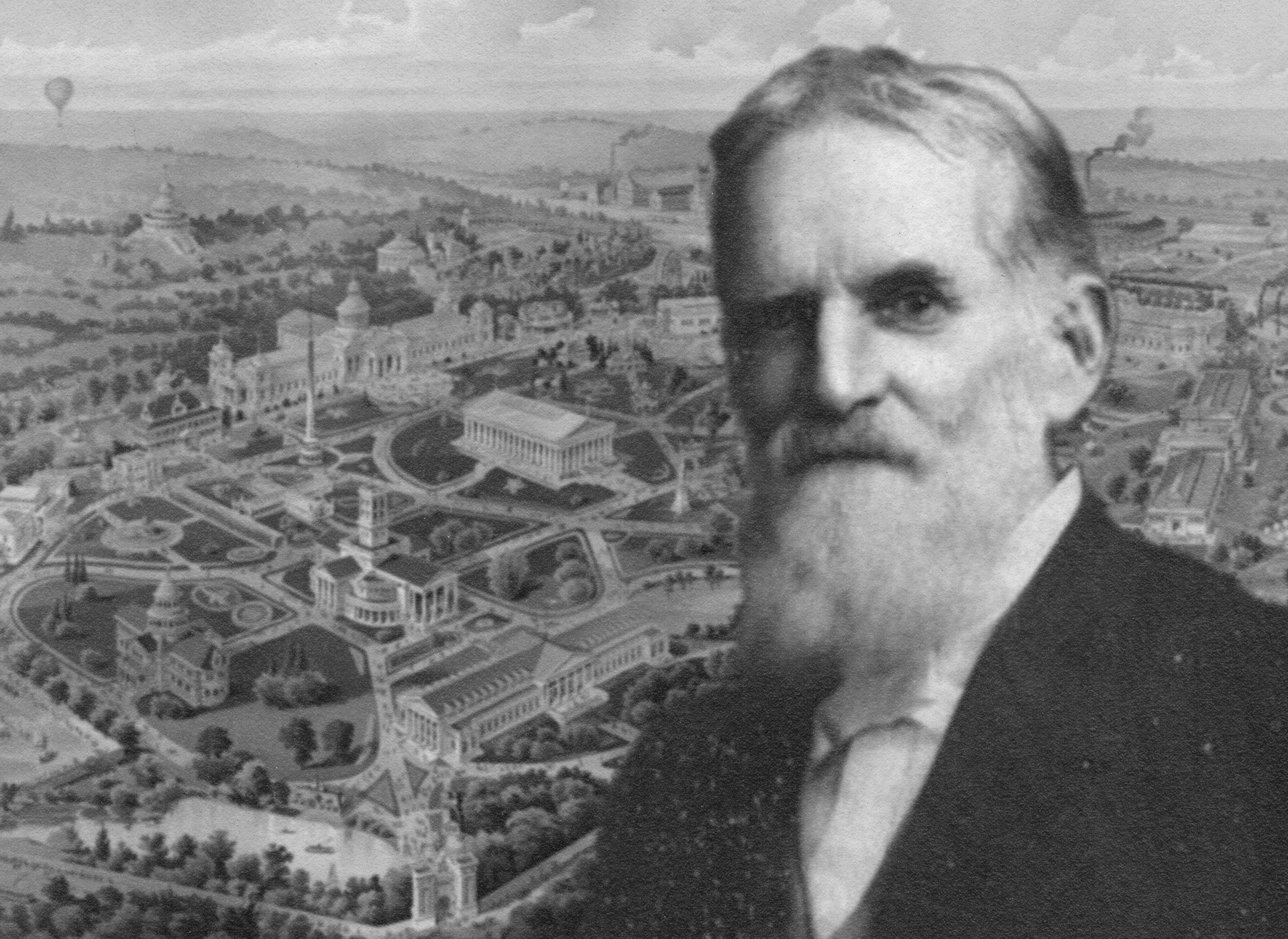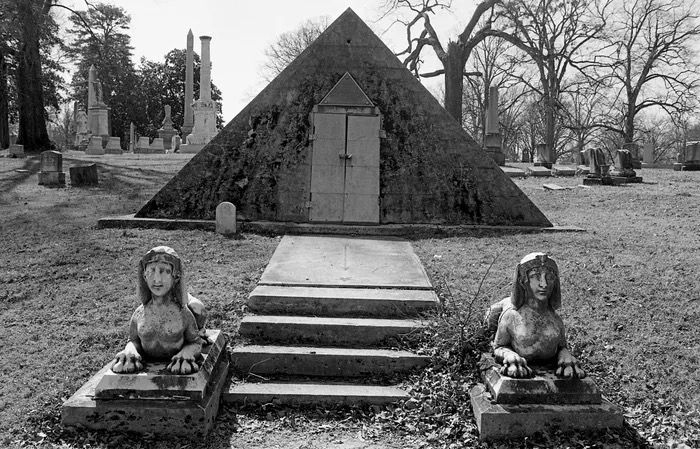
Major Lewis & Nashville’s Pyramid
A profile of one of Nashville's most impactful patriarchs
On the crest of a hill overlooking Lebanon Pike and the Cumberland River sits a mossy, weathered stone monument that could easily be mistaken for an ancient relic. Mt. Olivet Cemetery is the resting place of Nashville’s early patriarchs and pioneers of progress. One of those men lies in a tomb fit for a pharaoh, and his influence on Nashville justifies the elaborate marker. That man is Major Eugene Castner Lewis, the mind behind Nashville’s Parthenon, and he lies interred in Nashville’s very own pyramid.
Major Lewis was an engineer, businessman, and civic leader. Among his many accomplishments, Major Lewis’ most significant is his directorship over the celebrated Centennial Exposition in 1897 and his influence in the construction of Nashville’s Parthenon. He was also responsible for the development of Shelby Park, Centennial Park, and Union Station.
Born in 1845 in Cumberland Furnace, TN, Lewis’ father was the manager of Cumberland Iron Works, which produced cannonballs for the Confederacy during the Civil War. Lewis attended the Pennsylvania Military Academy and began his career after the war as a civil engineer for the Chattanooga and St. Louis Railway.
Eventually, Lewis brought his talents to Sycamore Mill, where he worked for a number of years building two bridges over Sycamore Creek in Nashville. He was the honorary president of the American Association of Engineers. He was elected to the Board of Directors of the Chattanooga and St. Louis Railway in 1896 (serving as its chairman from 1900 until his death in 1917).
The year 1897 marks a lifetime of experience and education culminating in his role as the director-general of the Centennial Exposition. Lewis was responsible for the development of the exposition, the construction of the buildings, the design of the landscapes, and most notably, the suggestion that resulted in the construction of our beautiful replica of the Greek Parthenon.
The Centennial Exposition of 1897, a world’s fair-like festival, covered two hundred acres on the Western side of Nashville, centered around what is now known as Centennial Park. The exposition celebrated 100 years of statehood and featured more than one hundred buildings displaying all manner of industrial, artistic, and cultural genius. The Parthenon is one of the few buildings left standing from this grand exposition.
Lewis’ civic duties also involved him in the development of Shelby Park and Union Station. He would serve as the first Vice-President of the Nashville Art Association and as a member of the City Park Commission from 1900 to 1912. He died of stomach cancer in 1917.
Major Lewis is buried in a great stone pyramid facing due North, flanked by two watchful Sphinxes. We can only speculate on the inspiration for this beautiful monument, but what we do know is that the words inscribed as his epitaph are a call to virtue for generations to come.

MAJOR EUGENE C. LEWIS
BORN JUNE 21, 1845 - DIED FEB 13, 1917.
A MAN WHOM POSTERITY WILL KNOW
AND HONOR BY HIS GOOD WORKS.
HE GAVE FREELY OF HIS TALENTS THAT
HIS FELLOWMAN MIGHT ENJOY MORE
ABUNDANTLY GOD’S GREAT GIFTS OF NATURE.
HE WAS A LABORER IN THE BUILDING OF A LIFE
WHICH LED TO THE ATTAINMENTS OF THE HIGHEST
IDEALS - TRUTH - HONOR AND PURITY.
NOW THE LABORER’S TASK IS O’ER
NOW THE BATTLE DAY IS PAST
NOW UPON THE FARTHER SHORE
LANDS THE VOYAGER AT LAST
FATHER IN THY GRACIOUS KEEPING
LEAVE WE NOW THY SERVANT SLEEPING.
